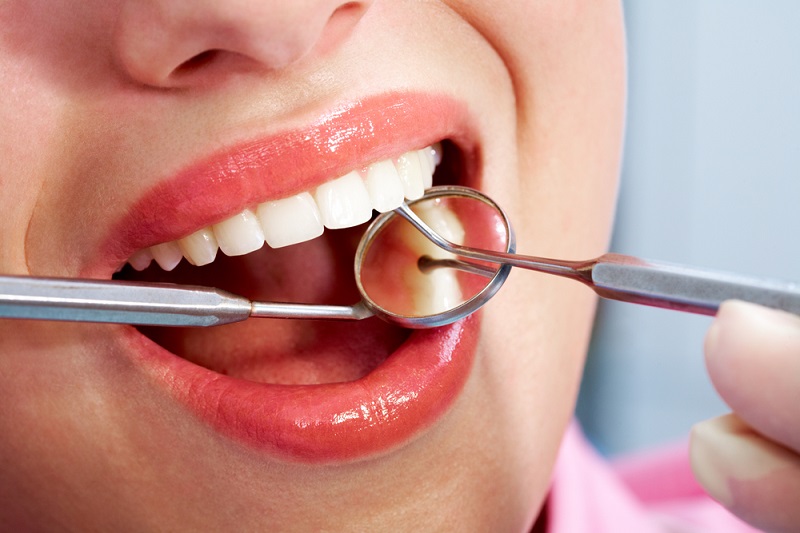As a general dentist, Dr. Lucy provides dental care to people of all ages. A routine visit you will have an examination of your mouth ( teeth, gums and other structures) cleaning and discussion about your overall dental health.
There will be times when you will need more than just a cleaning. Below, are some of the services and treatments we provide.

